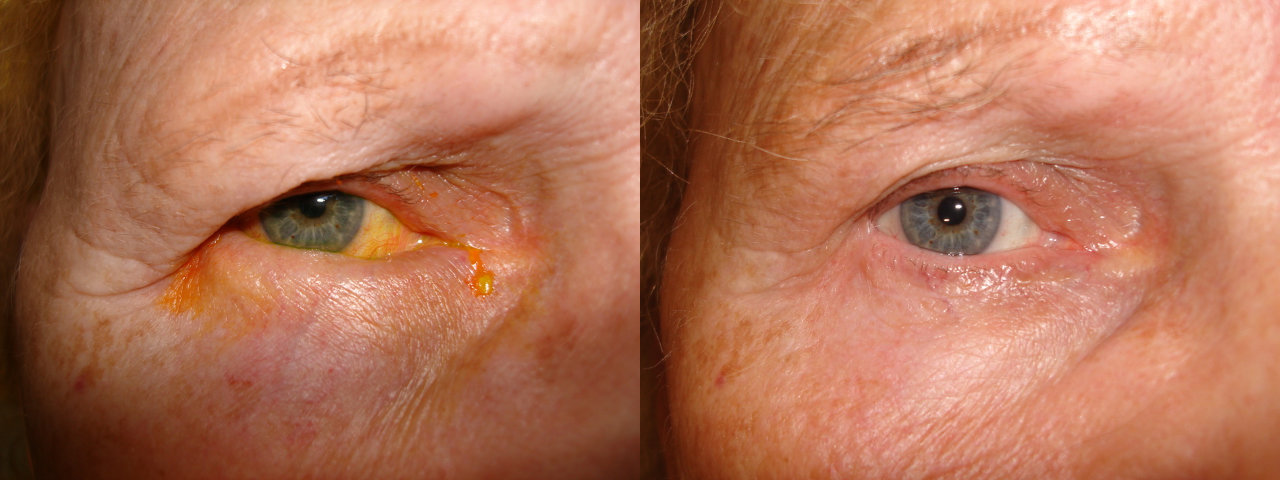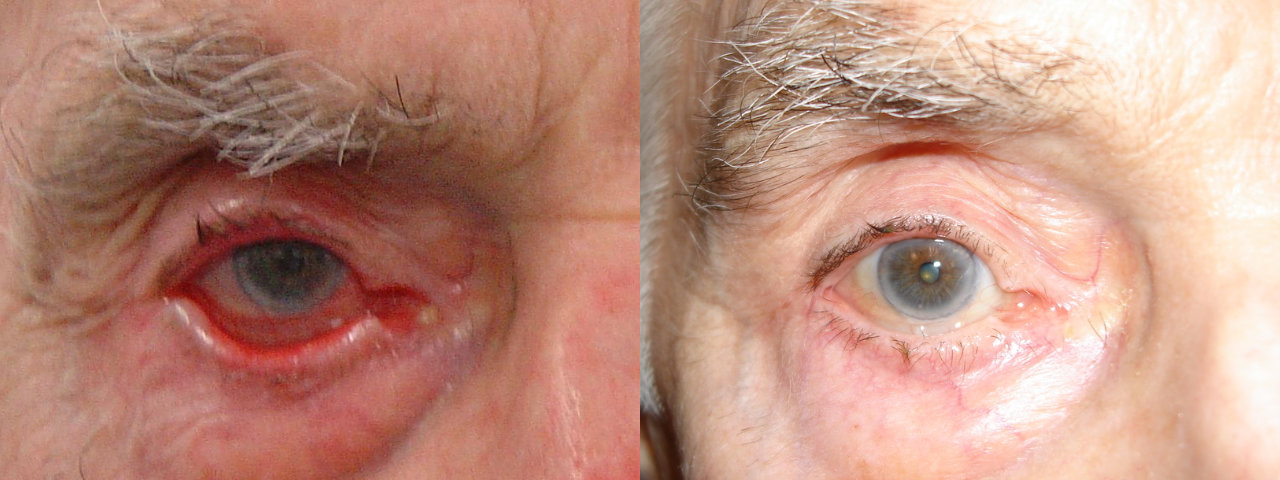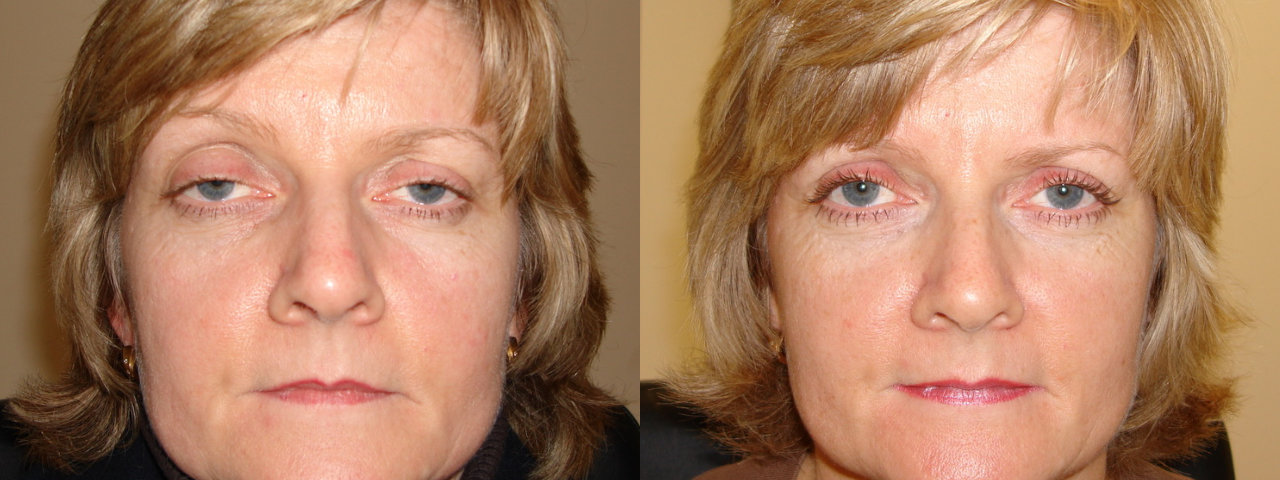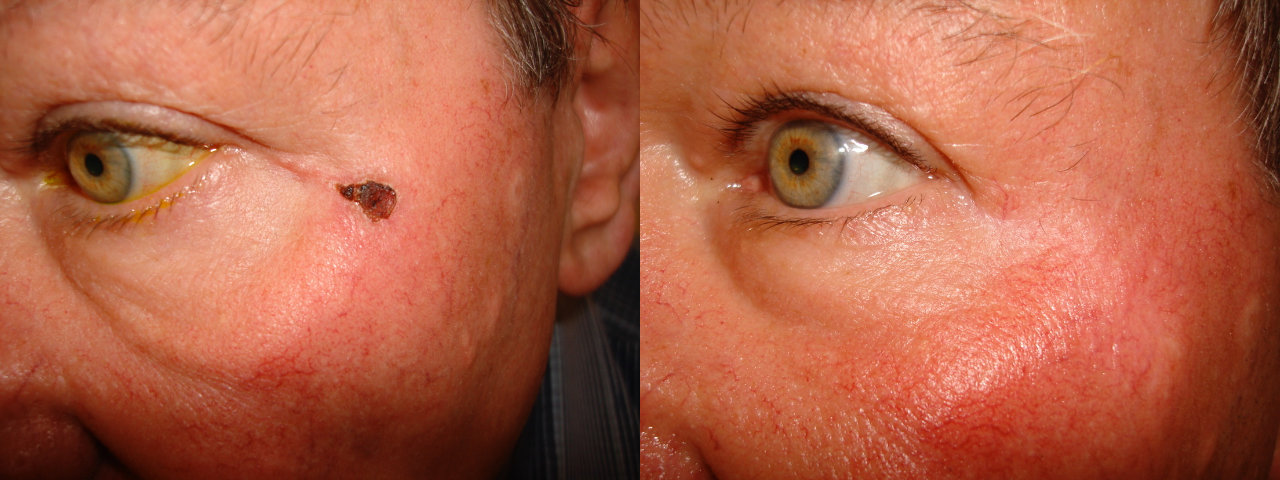Oculoplastic Conditions
Dealing with the surgical management of the eyelidsOculoplastic Surgery, also known as Ophthalmic Plastic and Reconstructive, Oculofacial or Eye Plastic Surgery, is a surgical sub-specialty of Ophthalmology that deals with aesthetic, medical and surgical management of deformities and abnormalities of the eyelids, such as ptosis.
An Oculoplastic Surgeon is an Ophthalmologist (eye surgeon) who has completed additional advanced training in plastic surgery as it relates to the eyelids and surrounding structures. They therefore only specialise in plastic surgery around the eye and do not perform plastic surgery on any other area of the body. A brief description of some of the more common oculoplastics conditions is provided below:
Entropion
This is a condition where the lid margin turns inwards towards the eyeball. As a result the eyelashes, which are normally supposed to point outwards, come in contact with the eyeball and rub against it. This can result in the person experiencing a red eye which is sore, uncomfortable and painful.
Entropion of the lid can be corrected surgically by a procedure, which is usually carried out under local anaesthesia.
Ectropion
Ectropion typically occurs in the lower lid. It is a condition where the lower lid margin turns outwards away from the eyeball. This can result in the inner lining of the lid becoming sore and red due to dryness and can also lead to a watery eye because the eye is irritated and the small tear drainage opening (punctum) is pointing away from the tear lake and cannot collect the tears.
Ectropion of the lid can be corrected surgically by a procedure, which is usually carried out under local anaesthesia.
Ptosis
Commonly referred to as a droopy eyelid, this is a condition which develops when the position of the upper eyelid is low. It is to be differentiated from hooded or baggy eyelids, in which the lid height is normal but there is excess skin or fat. This can impact a person in many ways ranging from a purely aesthetic awareness to brow and headache from a continuous effort to hold up the eyelids or impairment of the upper field of vision when the upper lid margin encroaches on the pupil.
There are many causes for ptosis, but the commonest cause is a stretched or detached muscle which normally elevates the upper lid.
Upper lid ptosis can be corrected surgically by a procedure, which is usually carried out under local anaesthesia. In many instances the upper lid ptosis repair may be combined with blepharoplasty (removal of excess skin or fat) – See cosmetic procedures
Eyelid Tumours
The skin of the eyelid is a common site for skin cancers affecting the head and neck area. Typically these tumours can present as persistent small nodules or a patch of scabbing, ulceration or bleeding, which may be present for a very long time and grow very slowly. Patients may often not be particularly alarmed or concerned about their presence then, especially if they have been present for a long time.
These lesions often extend beyond their visible margins and their treatment requires excision, which on many occasions involve removal of full-thickness sections of the eyelid or vital adjacent tissues to ensure complete clearance of the tumour. It is important to remember that the eyelid is more than just skin and plays a vital role in protecting and lubricating the eye. Any compromise of the eyelid’s ability to fulfil this role could potentially lead to sight-threatening complications.
It is therefore important that the eyelid and/or surrounding tissues are reconstructed such that the function of the eyelid is preserved or restored, ideally with a desirable aesthetic outcome.
Reviews
The best way to decide whether eye surgery is something you should consider is to hear from people who have undergone treatment with Mr Sherafat. We asked patients for feedback and they go into some detail as to what treatment was provided and their experience of surgery.
Book Your Consultation
The first step towards any treatment is a comprehensive consultation with Mr Sherafat. He will go through your concerns and provide you with valuable feedback and a solution to your issue whether it involves surgery or not. You’ll always be in good hands.
Charity Work
Mr Hooman Sherafat has always been actively involved in charity work on an international scale. He has travelled to various developing countries and continues to support charitable eye surgery where he can.






